Ticks are a common concern for many people in North America due to their potential health risks and prevalence in various habitats. Understanding the different types of ticks in North America is essential for effective prevention and management. This guide provides an overview of the most common tick species in North America, their geographic distribution, habitats, and potential health concerns.

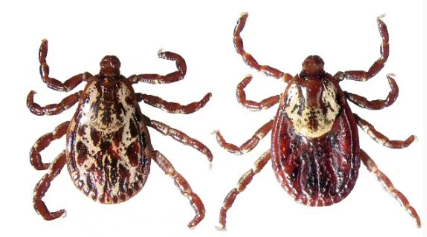
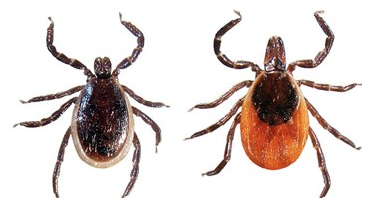
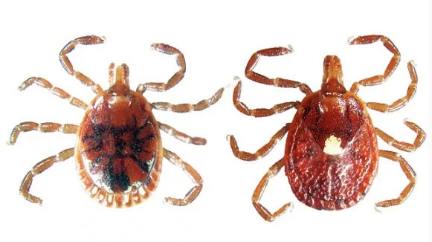
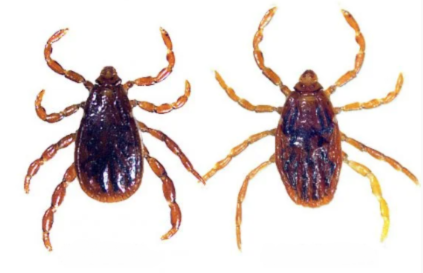
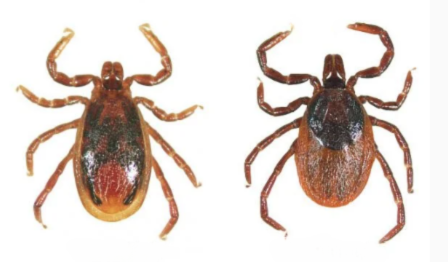
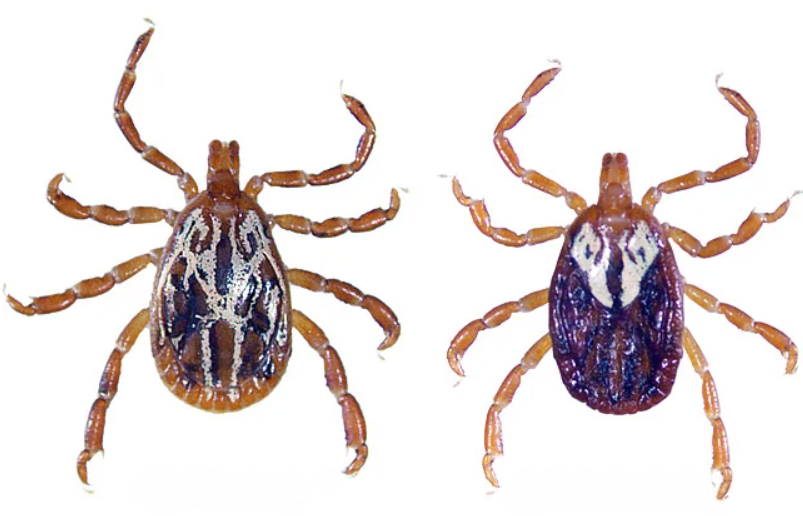
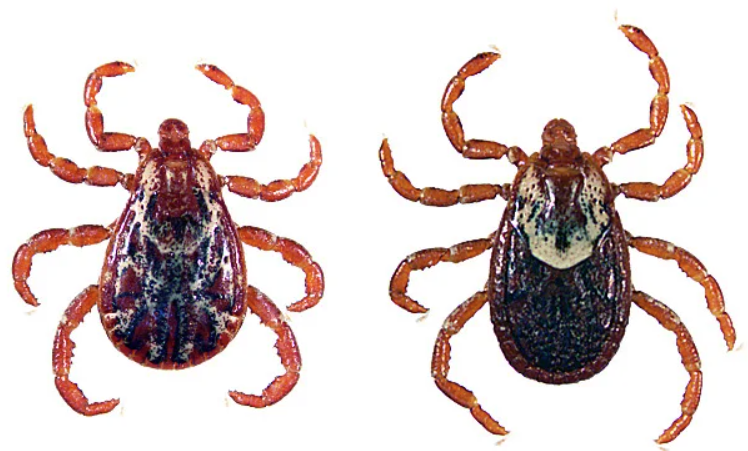
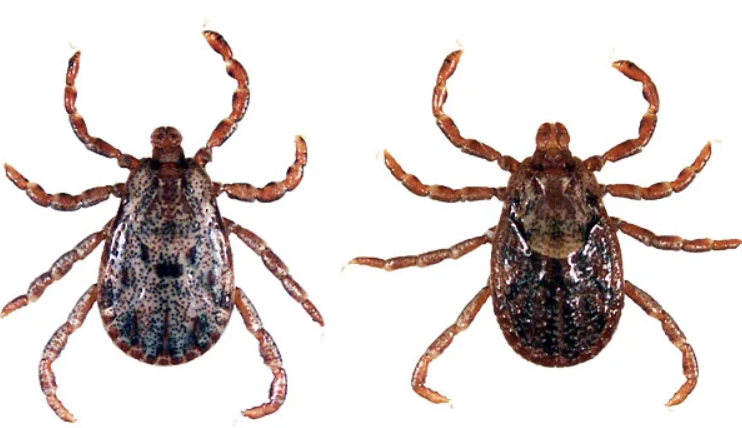
Understanding the geographic distribution and behavior of different tick species is crucial for implementing effective prevention strategies. Here are some key resources to help you stay safe:
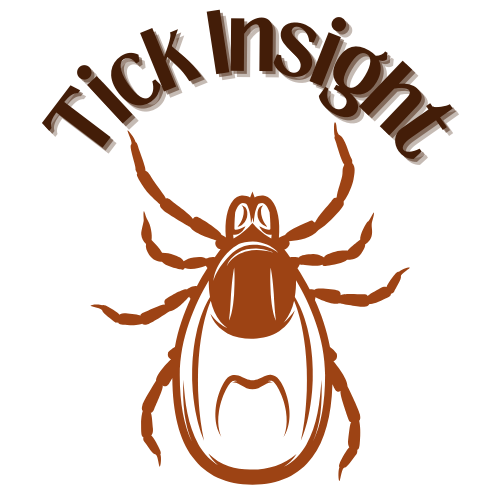
Site Map
© 2023 Tick Insight